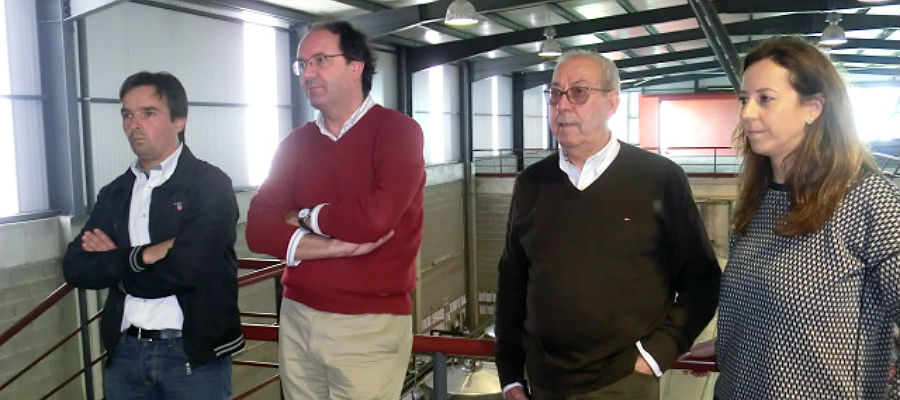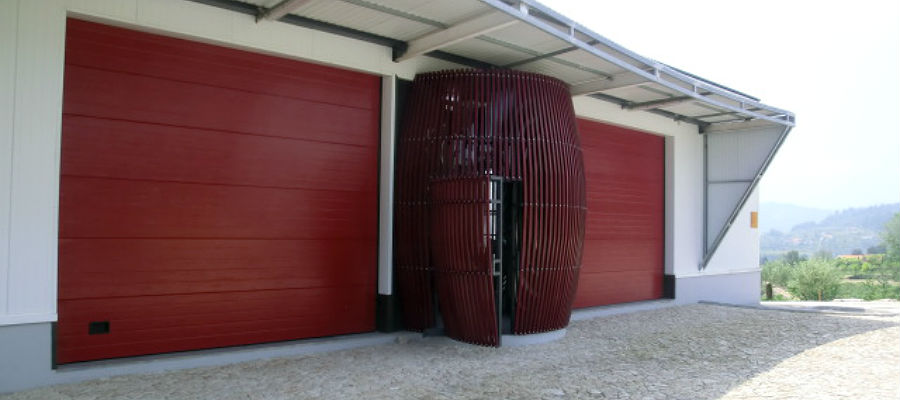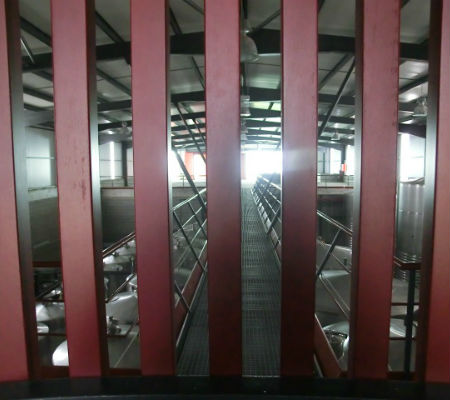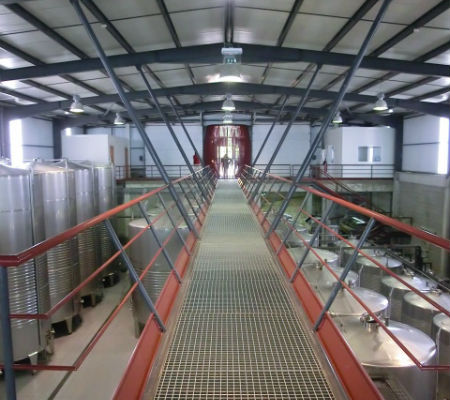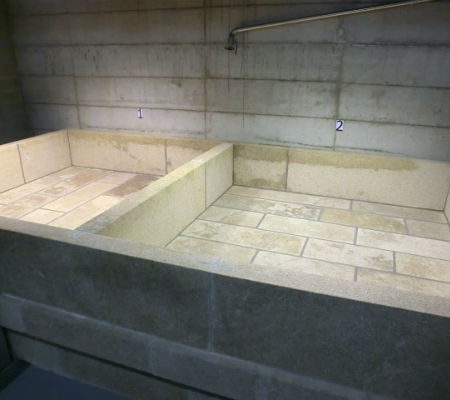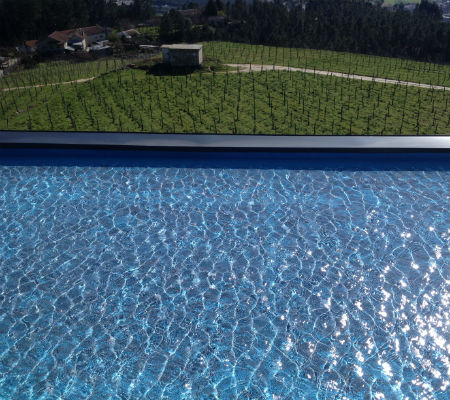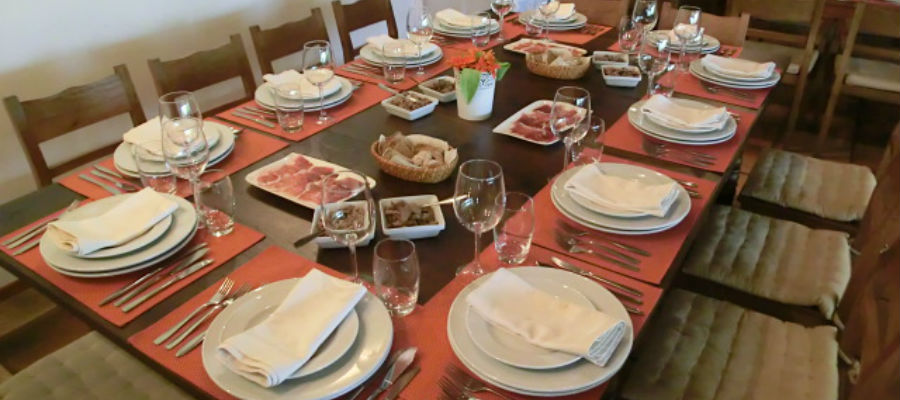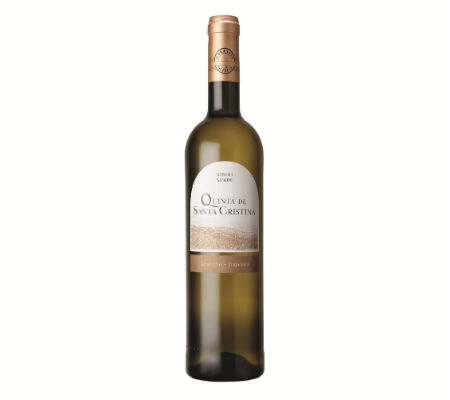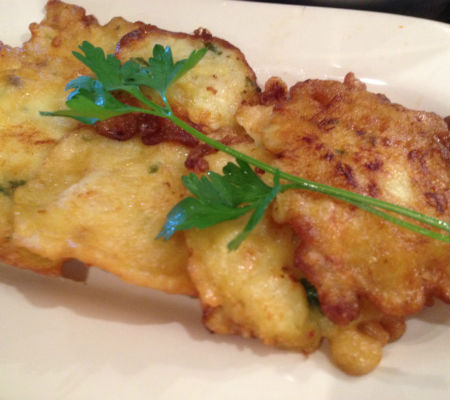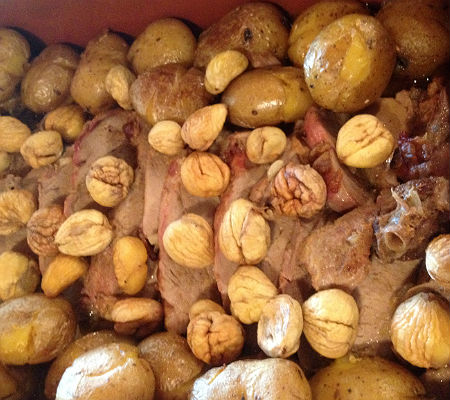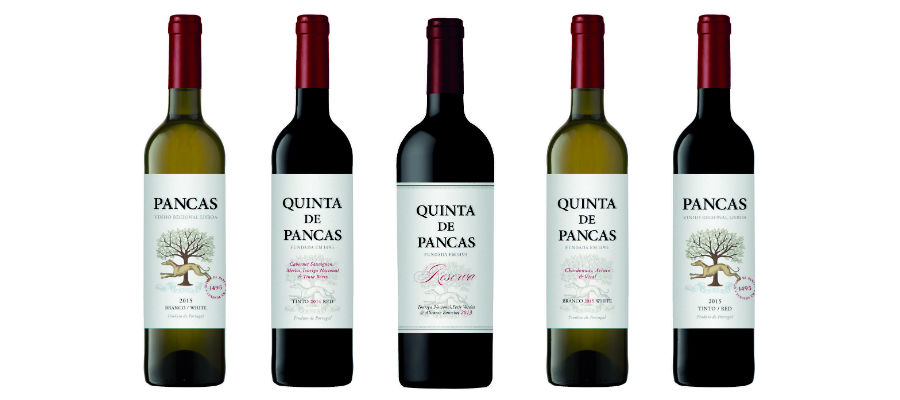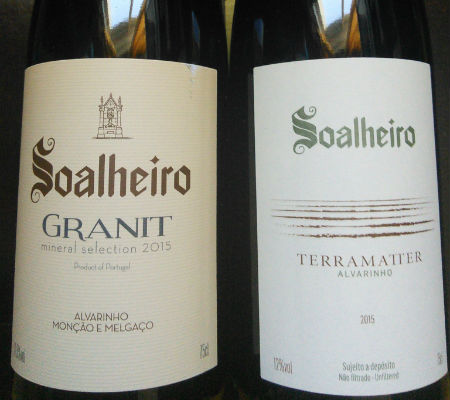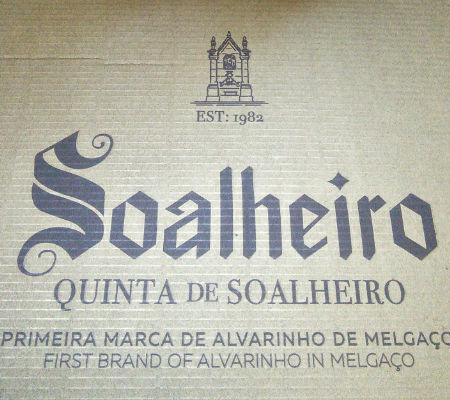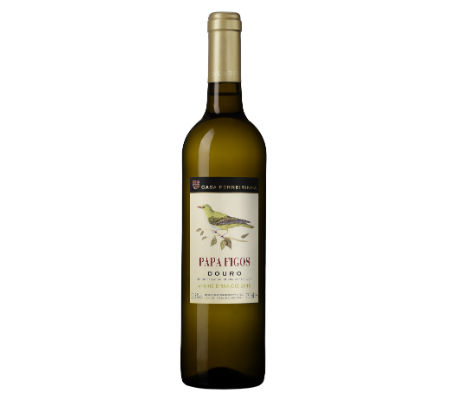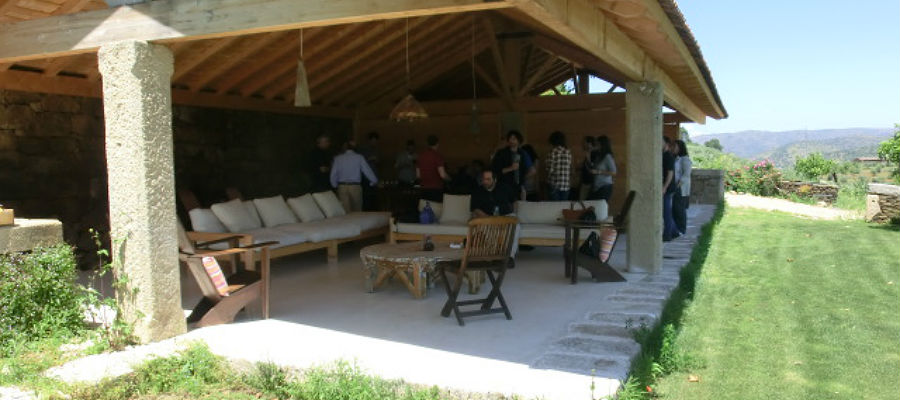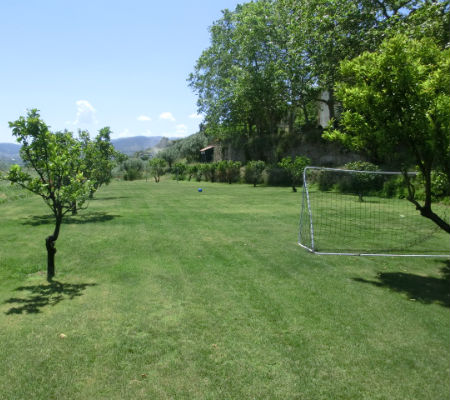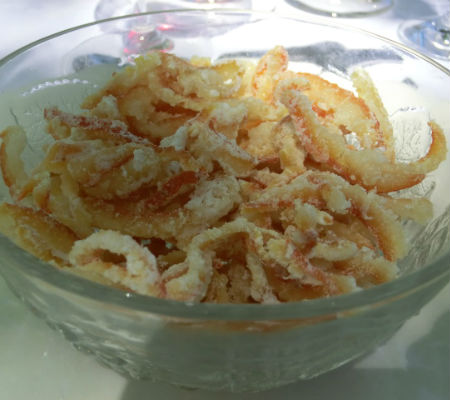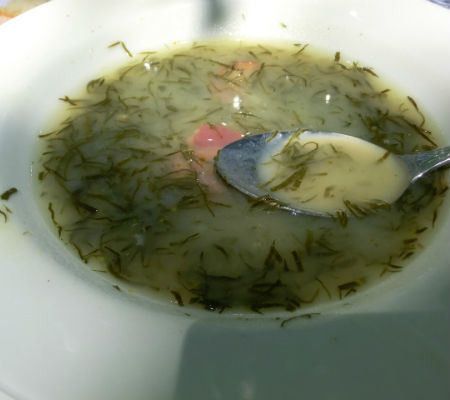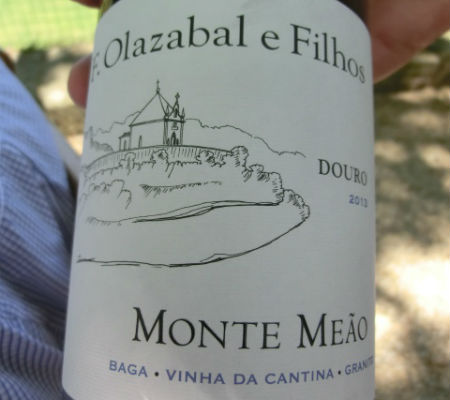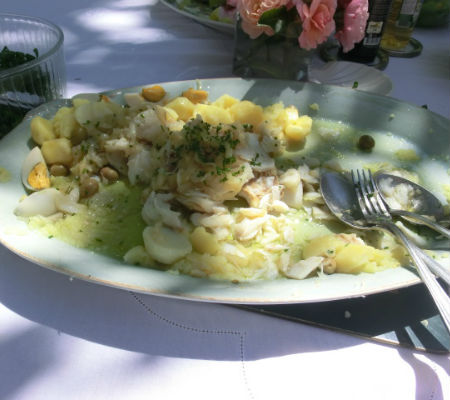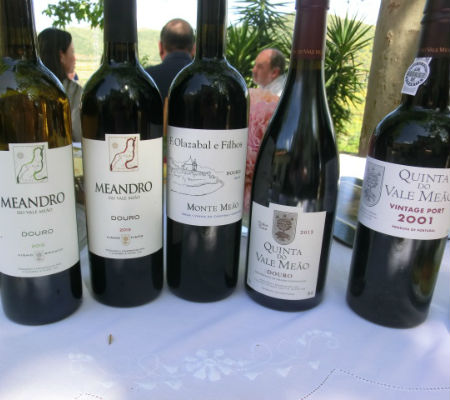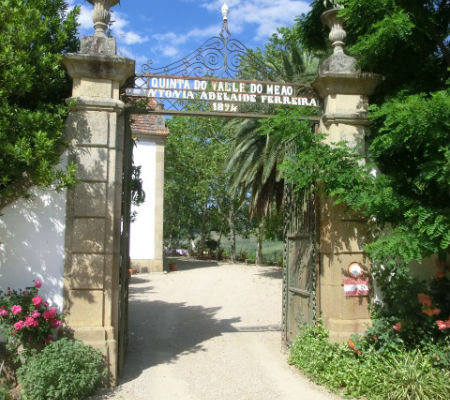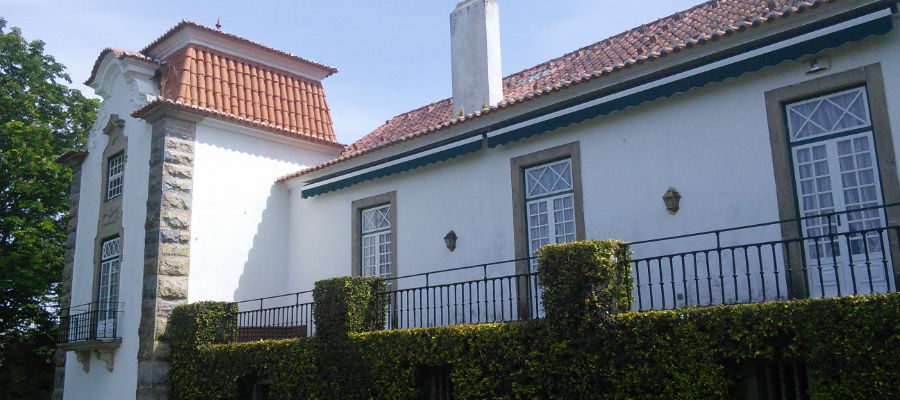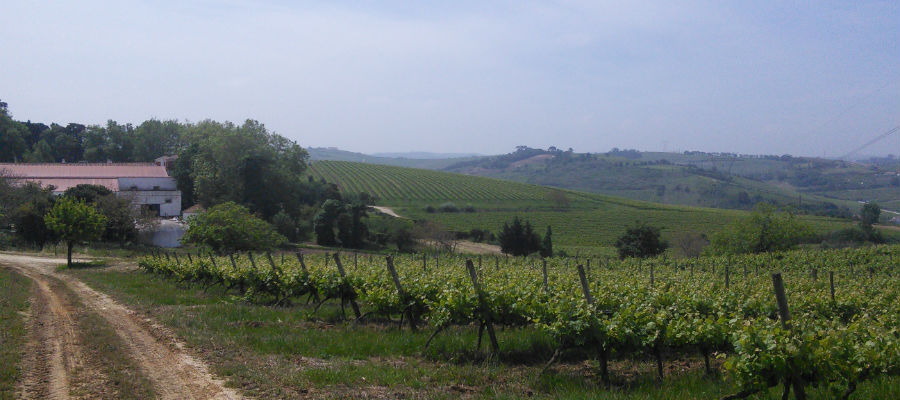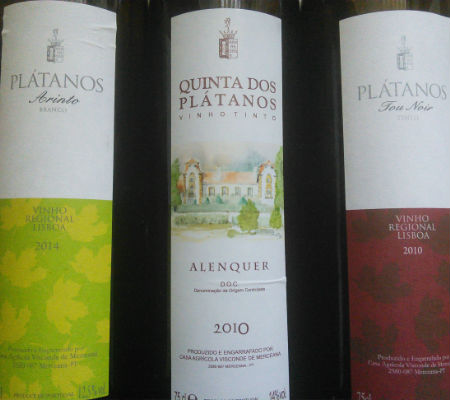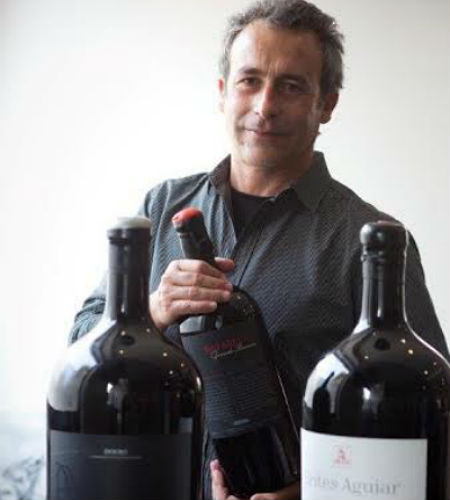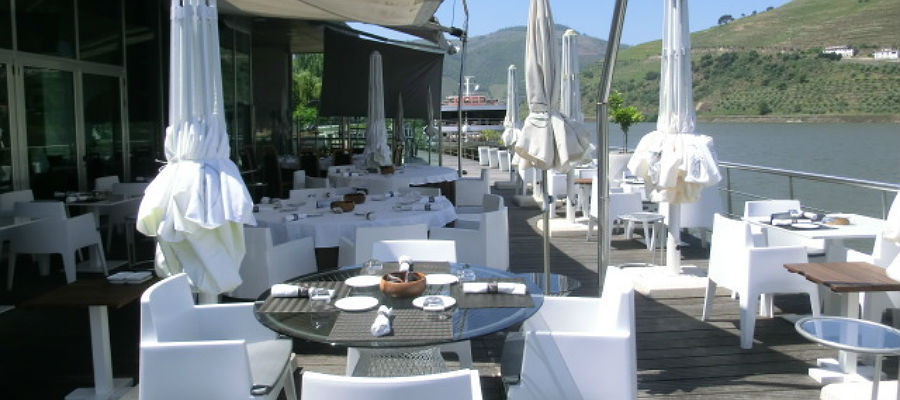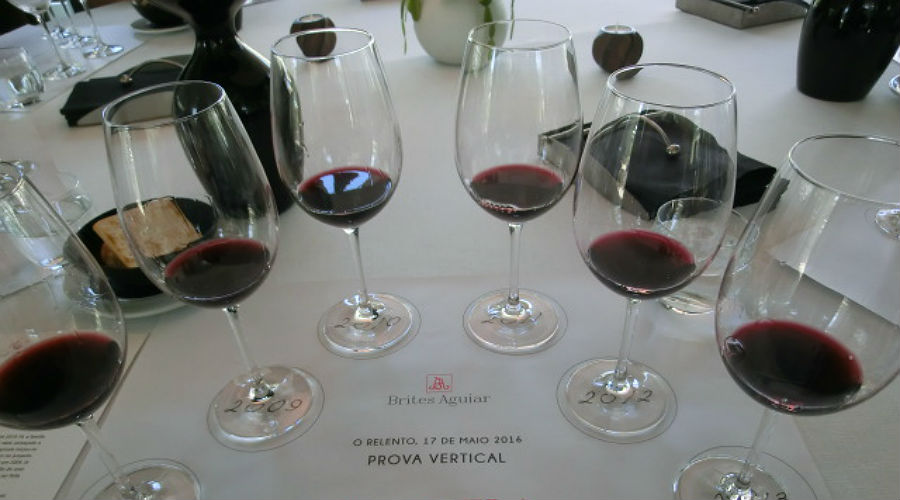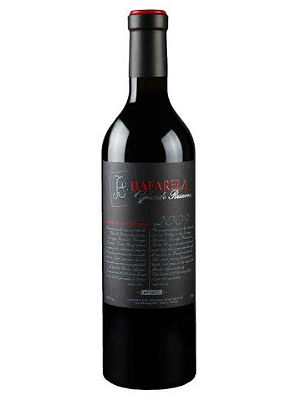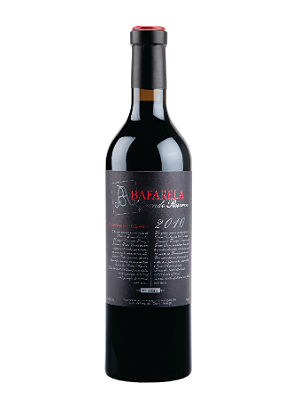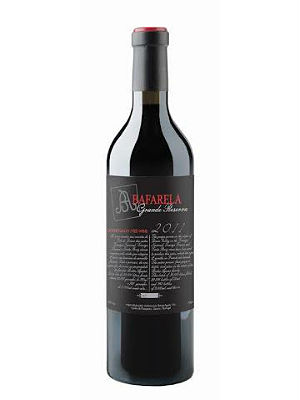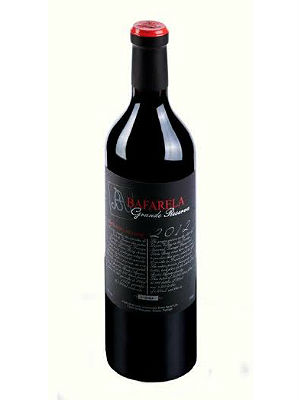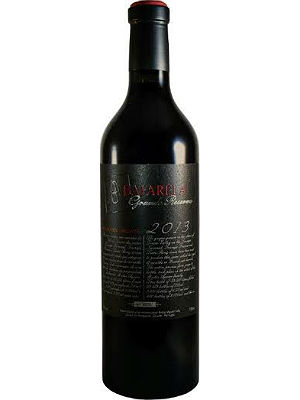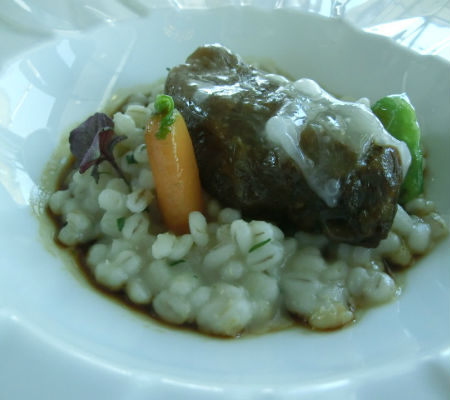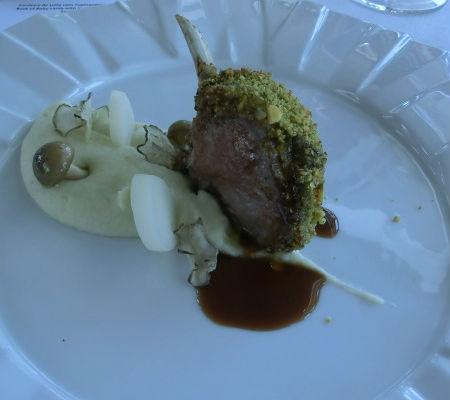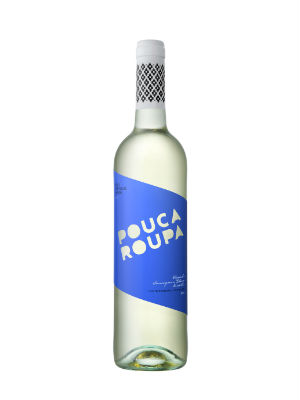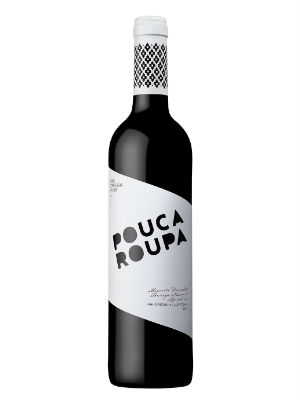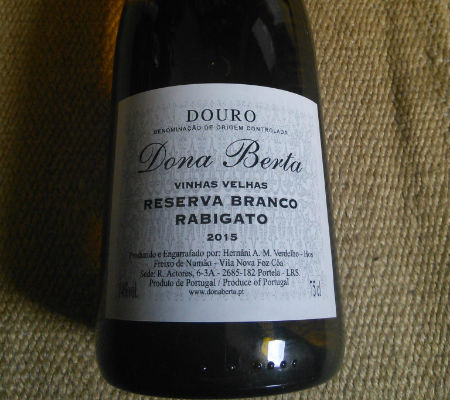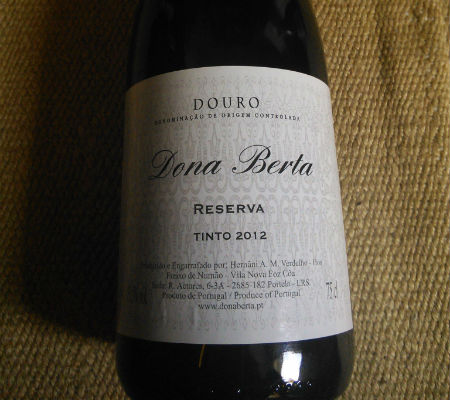Biodynamic Wine by Monty Waldin
Text João Pedro de Carvalho | Bruno Ferreira
It is the latest pearl added to the already wide range of books devoted to the world of wine with the seal of the publisher Infinite Ideas. Each title of “The Infinite Ideas Classic Wine Library” covers a region, country or type of wine and if we take into account the other books that have already been addressed here then we can say that the quality is once again on a very high level.
This book entitled Biodynamic Wine deals with a controversial and argument generator subject. On one side we have the admirers and followers/practitioners and on the other a lot of skeptics and nonbelievers. The author is Monty Waldin, an authority when it comes to organic and biodynamic wine, also a critic, consultant and winegrower. The book is an open window to the biodynamic wine, a true source of knowledge where the author explains the processes and philosophies of this way of being in the world of wines with a fluid and engaging writing, step by step.
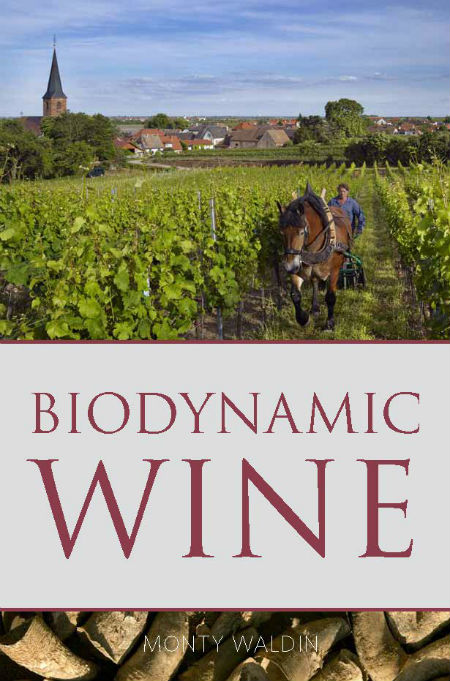
Biodynamic Wine by Monty Waldin
Over the 222 pages we are guided through the Biodynamic wine world. Do not expect evaluation of wines or producers because you simply won’t find any. Once the necessary introduction is made we are taken on a trip to the origins of Biodynamic where Rudolf Steiner’s figure gets an expected important role. In the following chapters we are told about all the prepared, where we get to know among other things why the cow’s horns are stuffed of manure and buried at some point of the year, this and much more, always guided by the most varied techniques and alternative treatments that are listed and explained one by one. How important is the vortex by the time it’s necessary to streamline the prepared? Or which is the connection of the bodies to the cosmos and why the work is done following the celestial rhythm? Finally, a chapter dedicated to the Demeter certification, the accuracy is the same as always as is the will to continue reading and understanding this way of being that is increasingly gaining supporters among wine producers around the world.
A book of reference and mandatory for those that have in some way a connection to the fantastic world of wine, both for professionals as for wine lovers.



